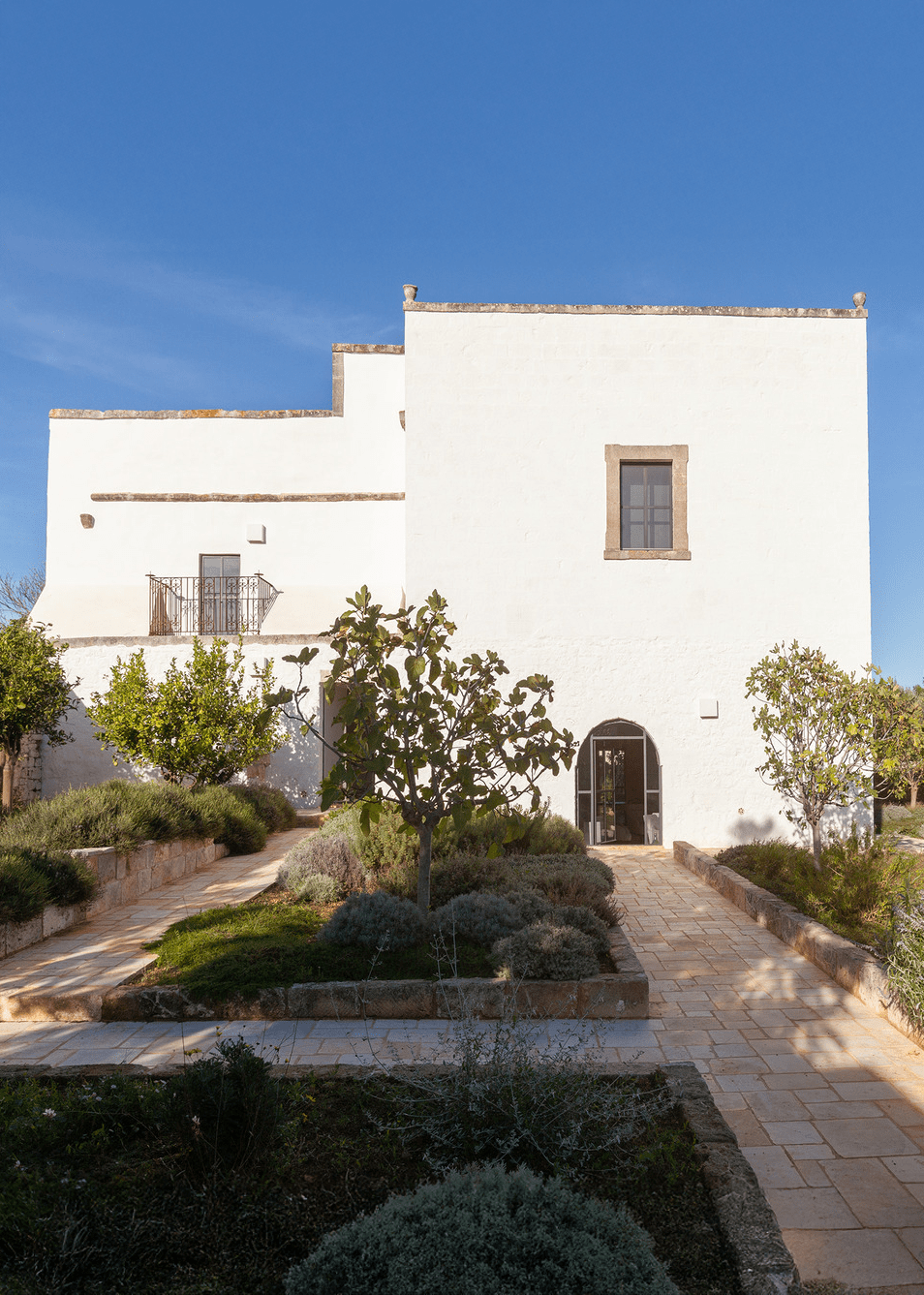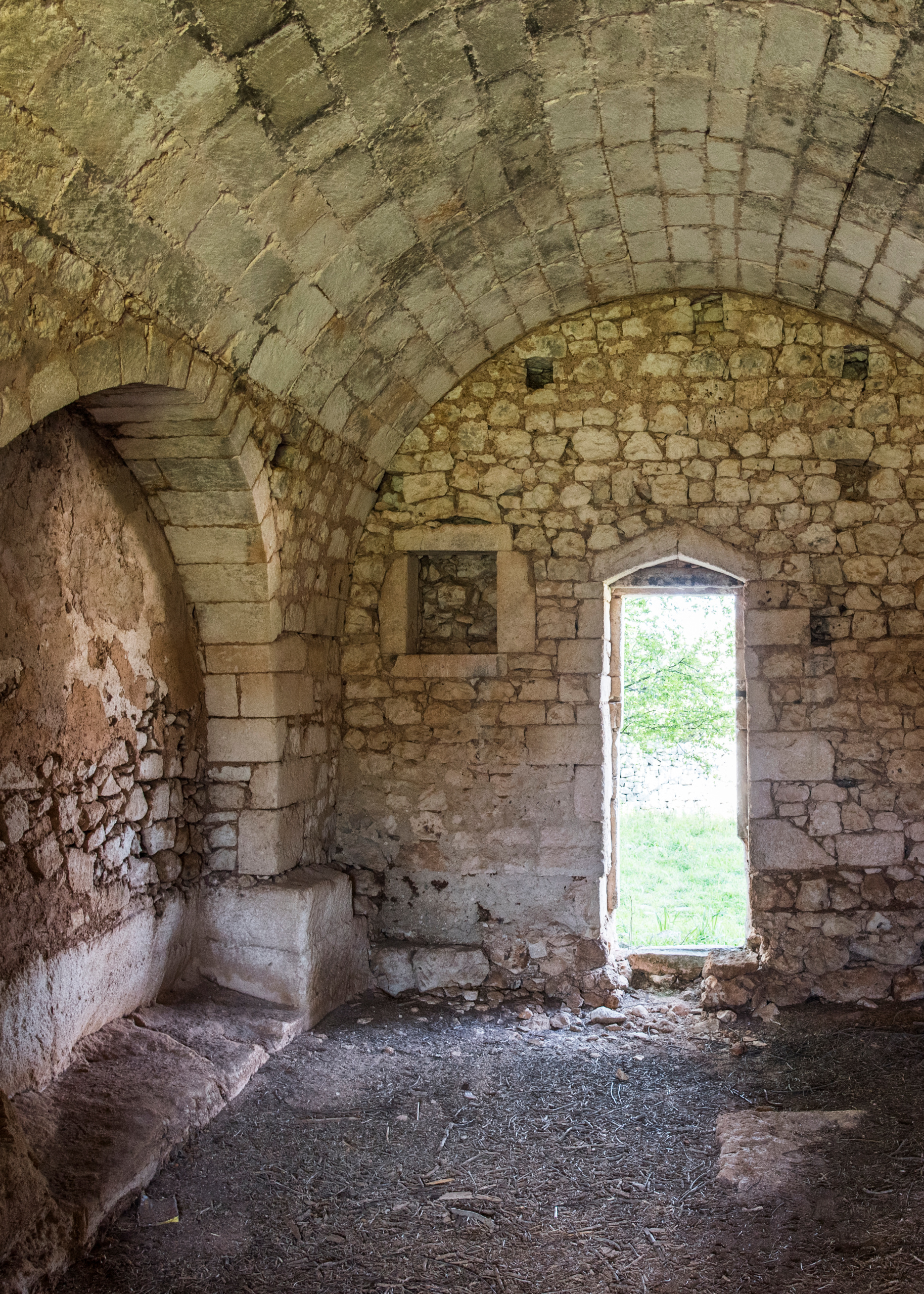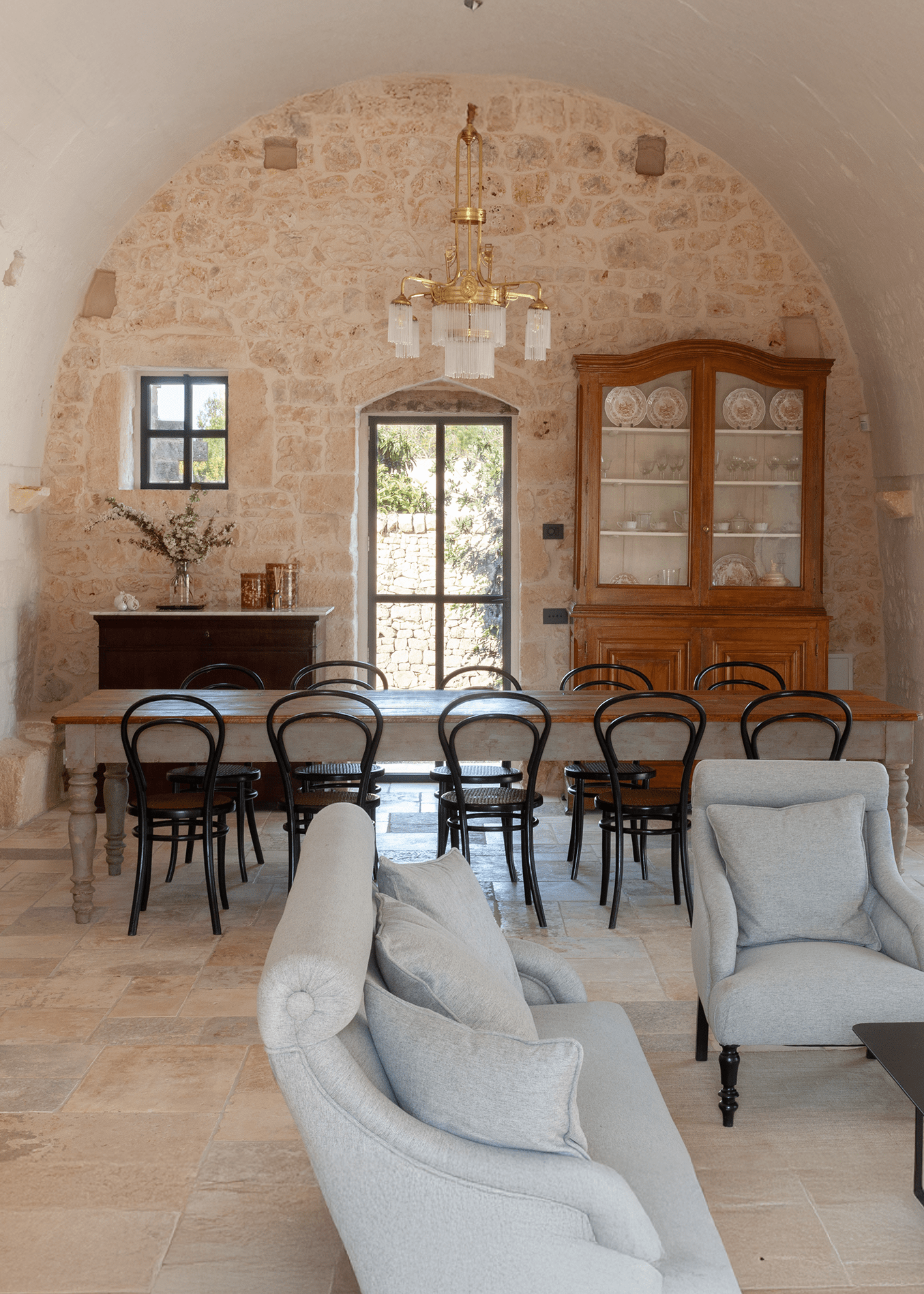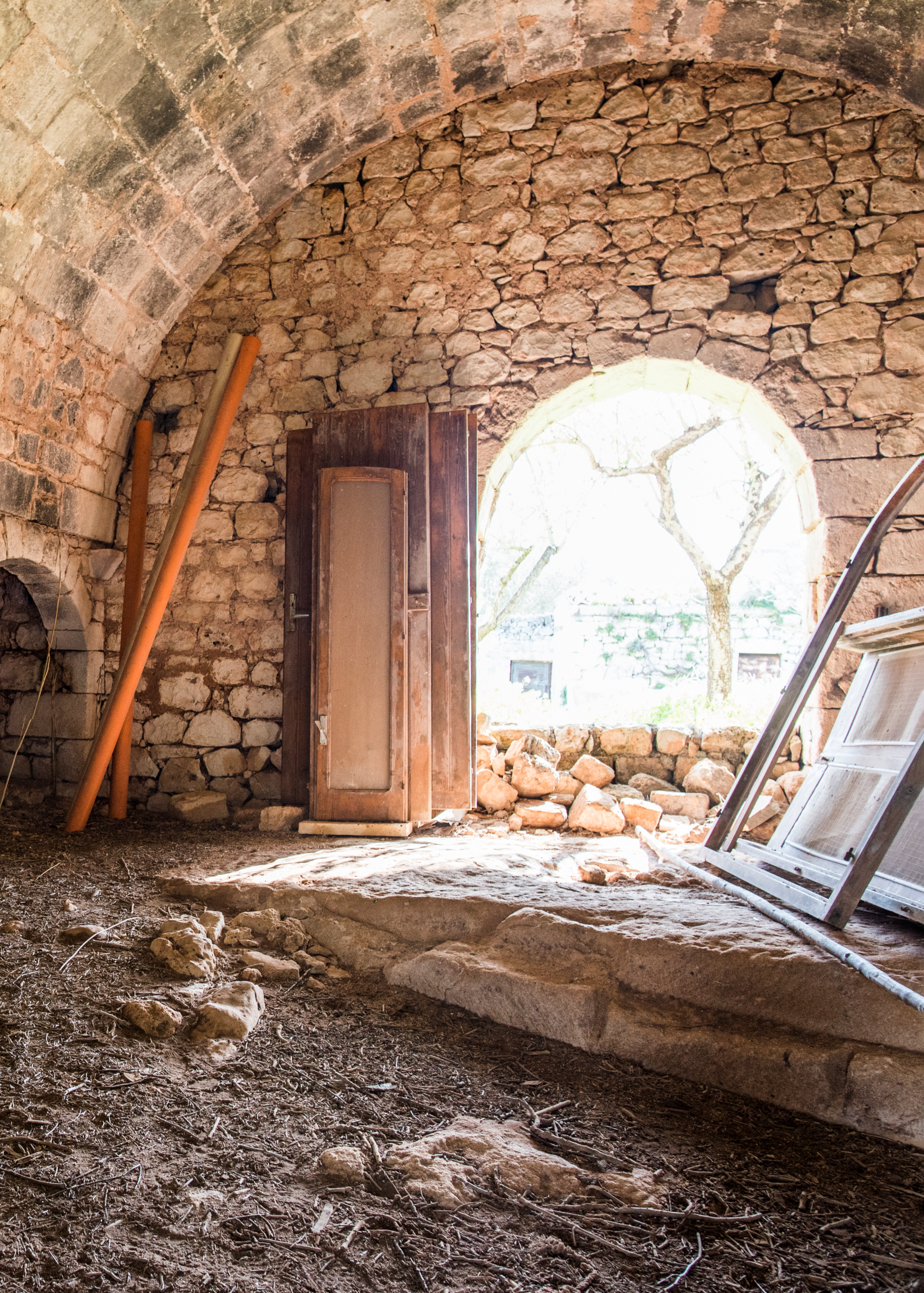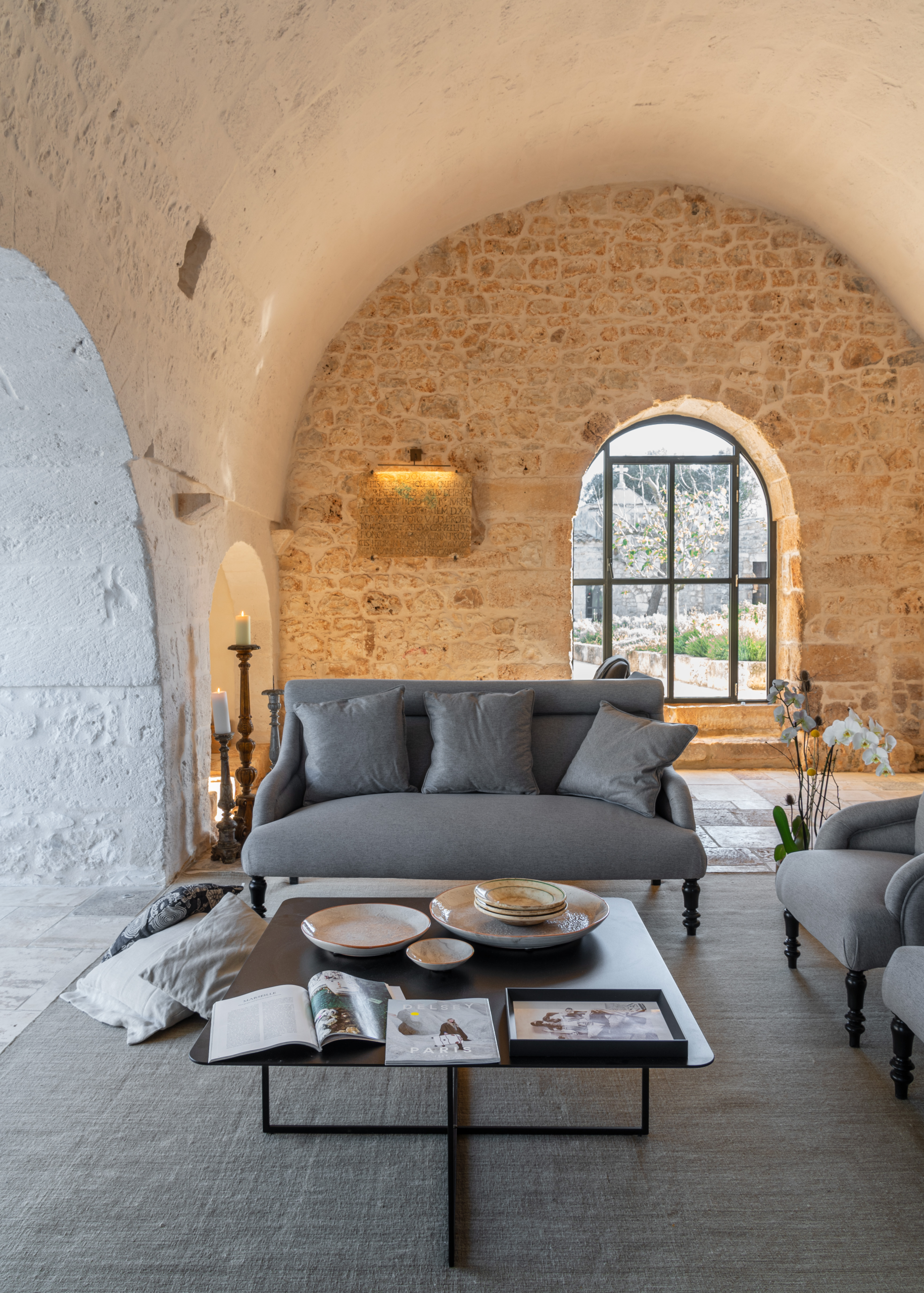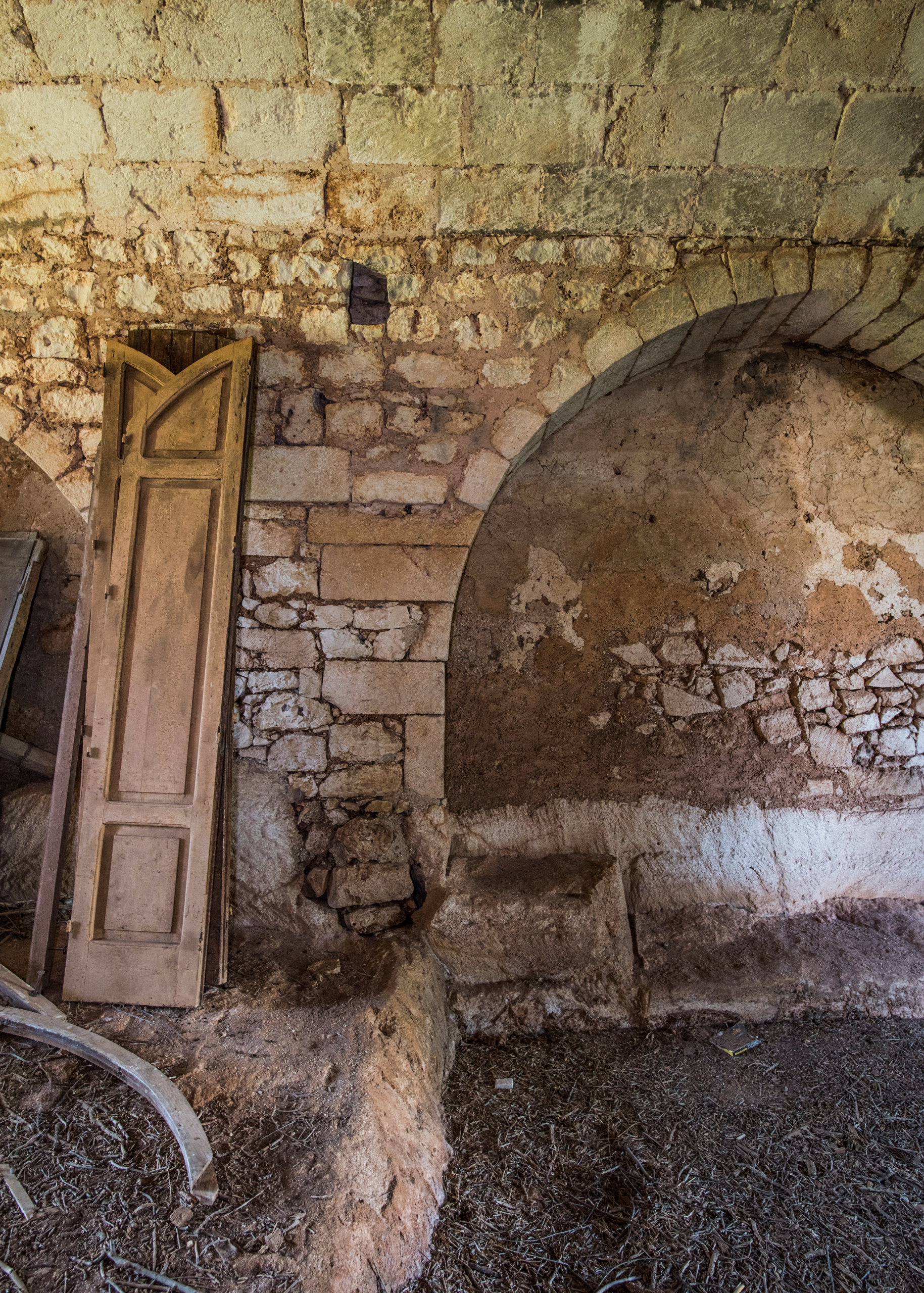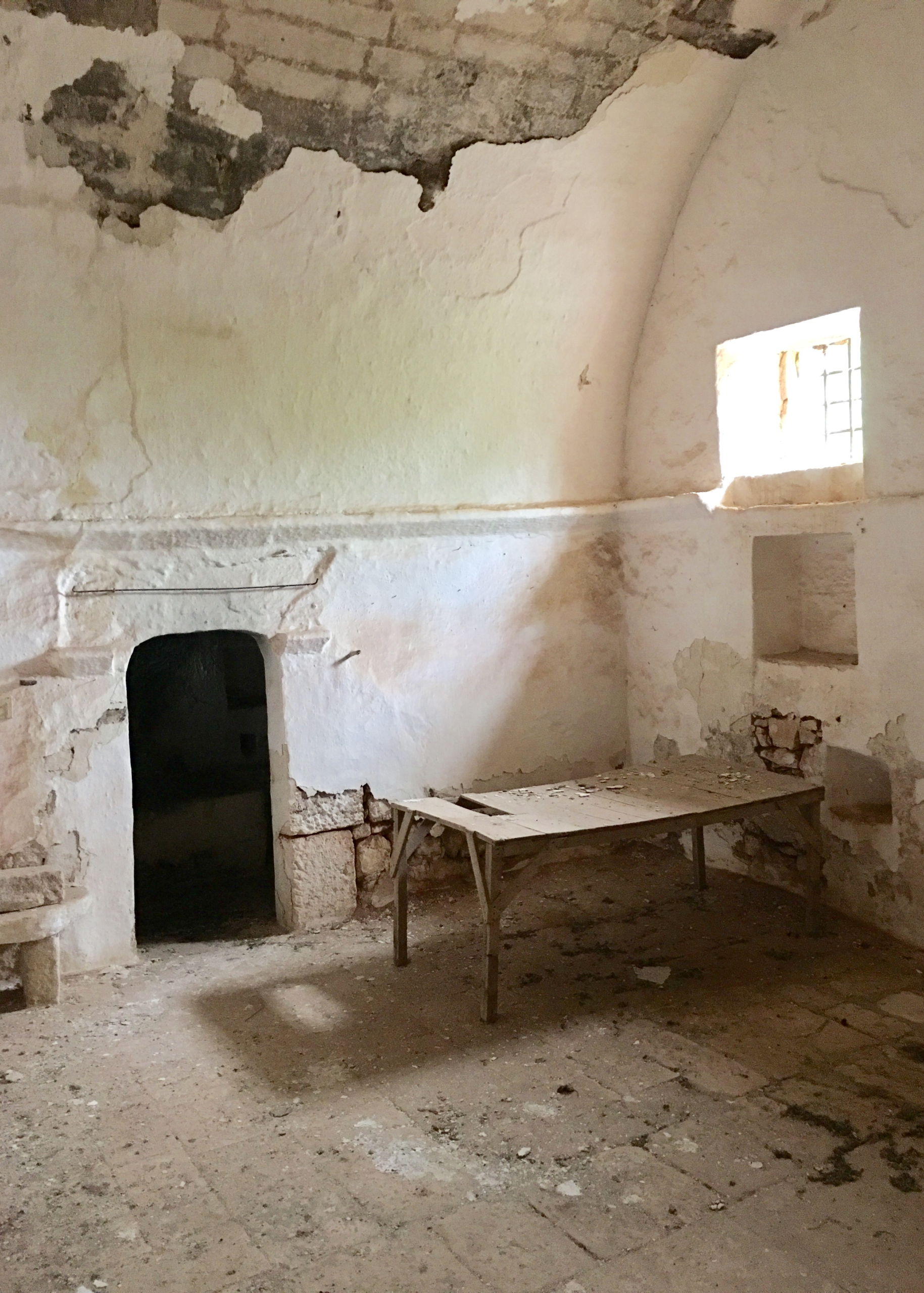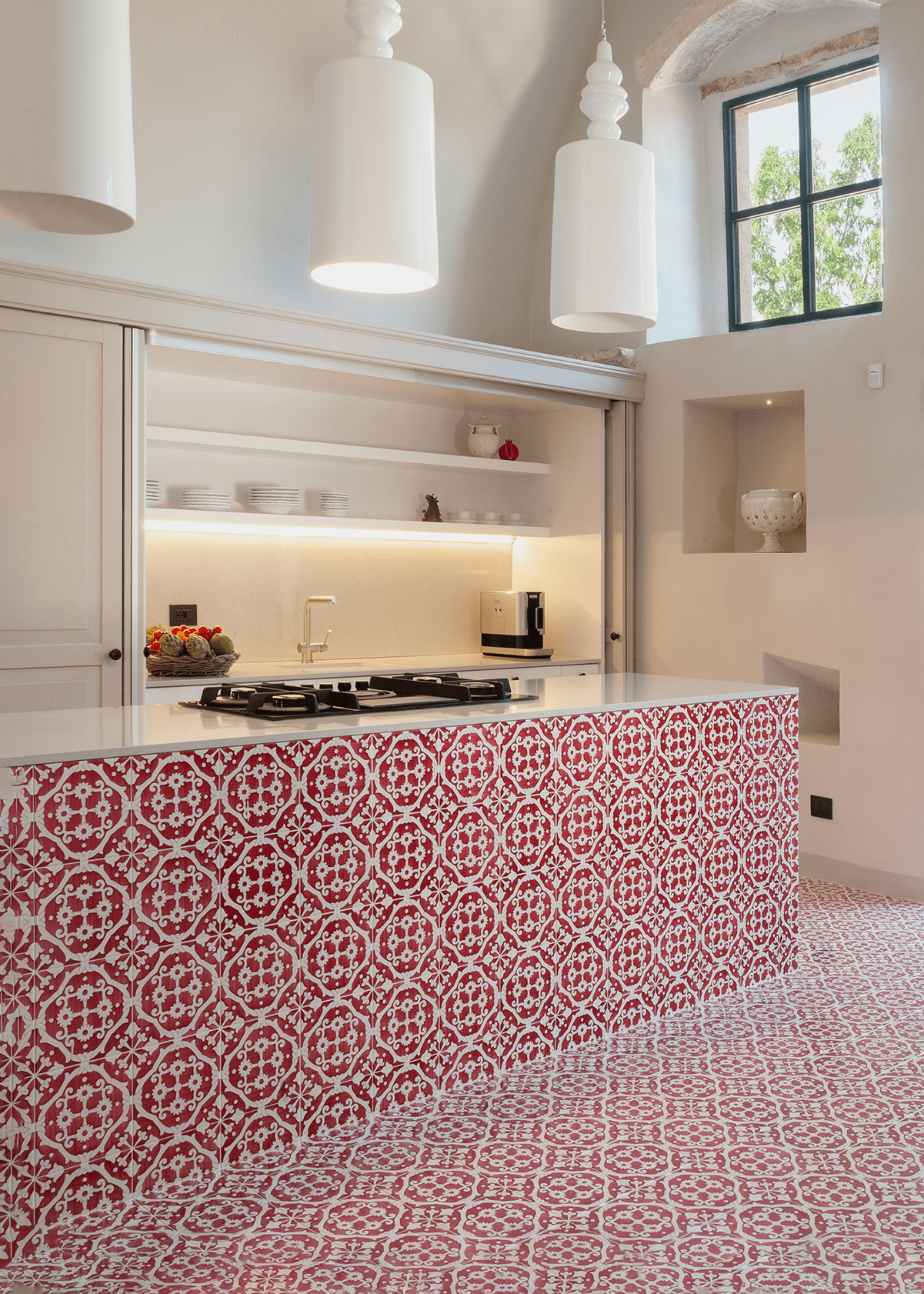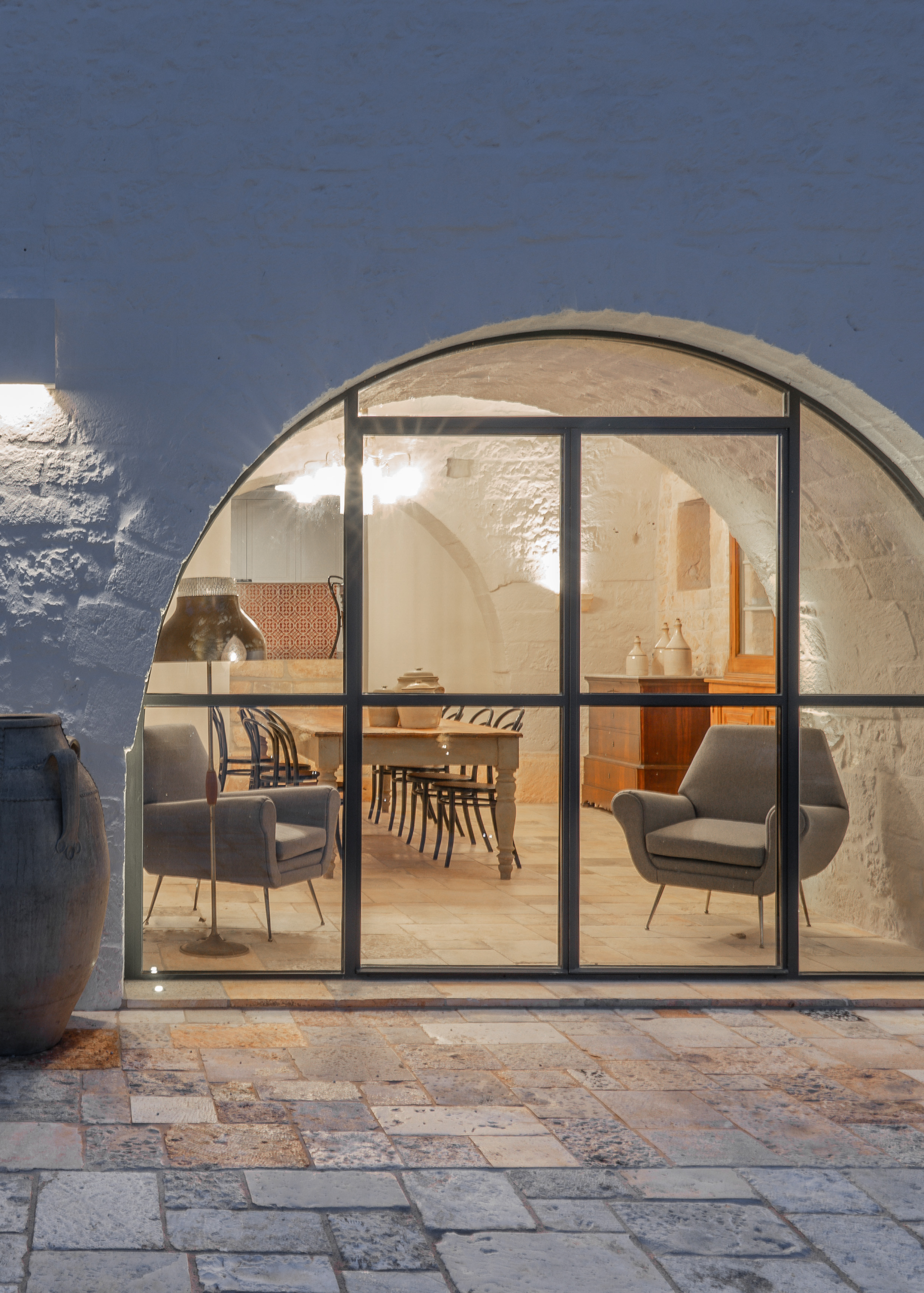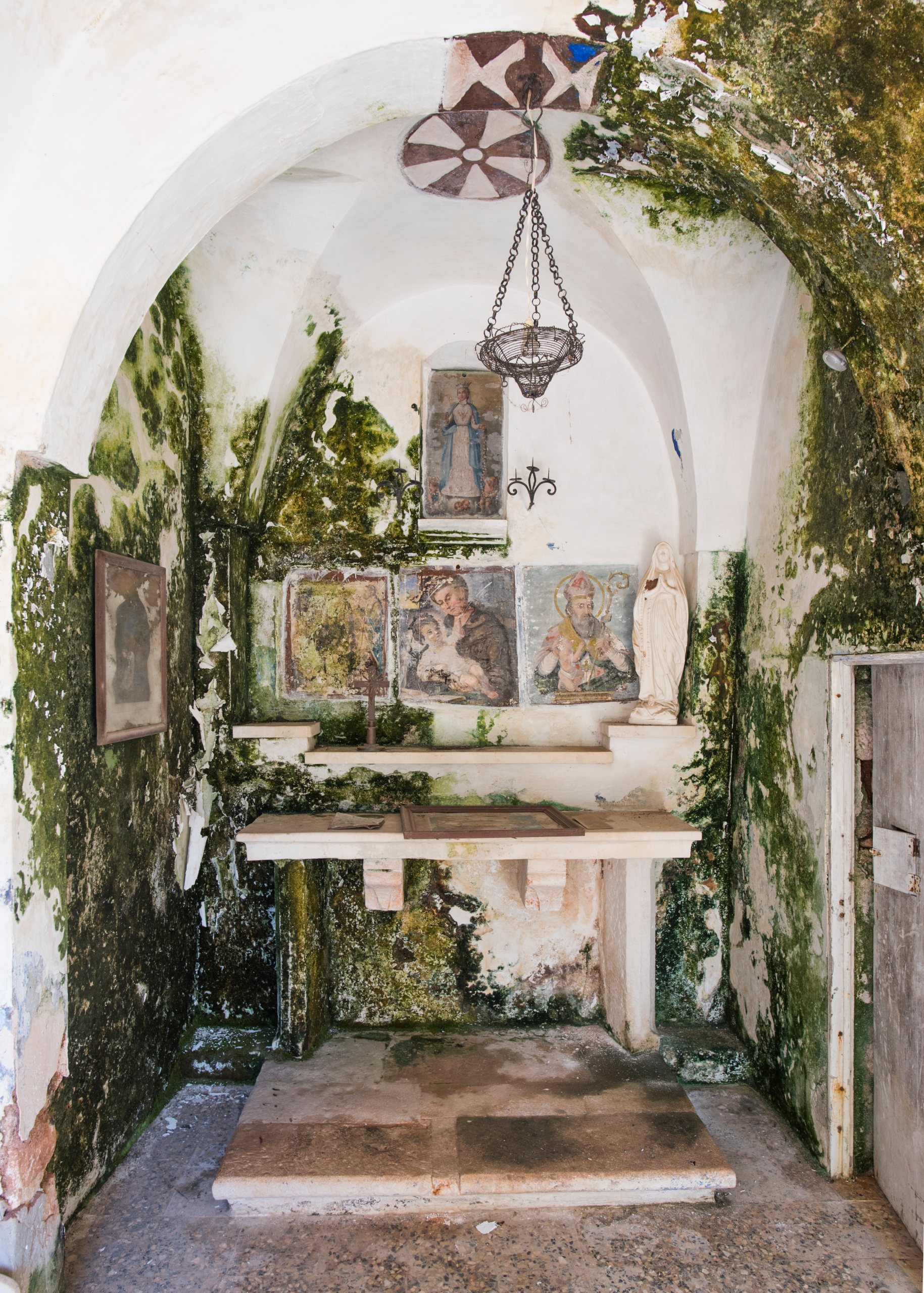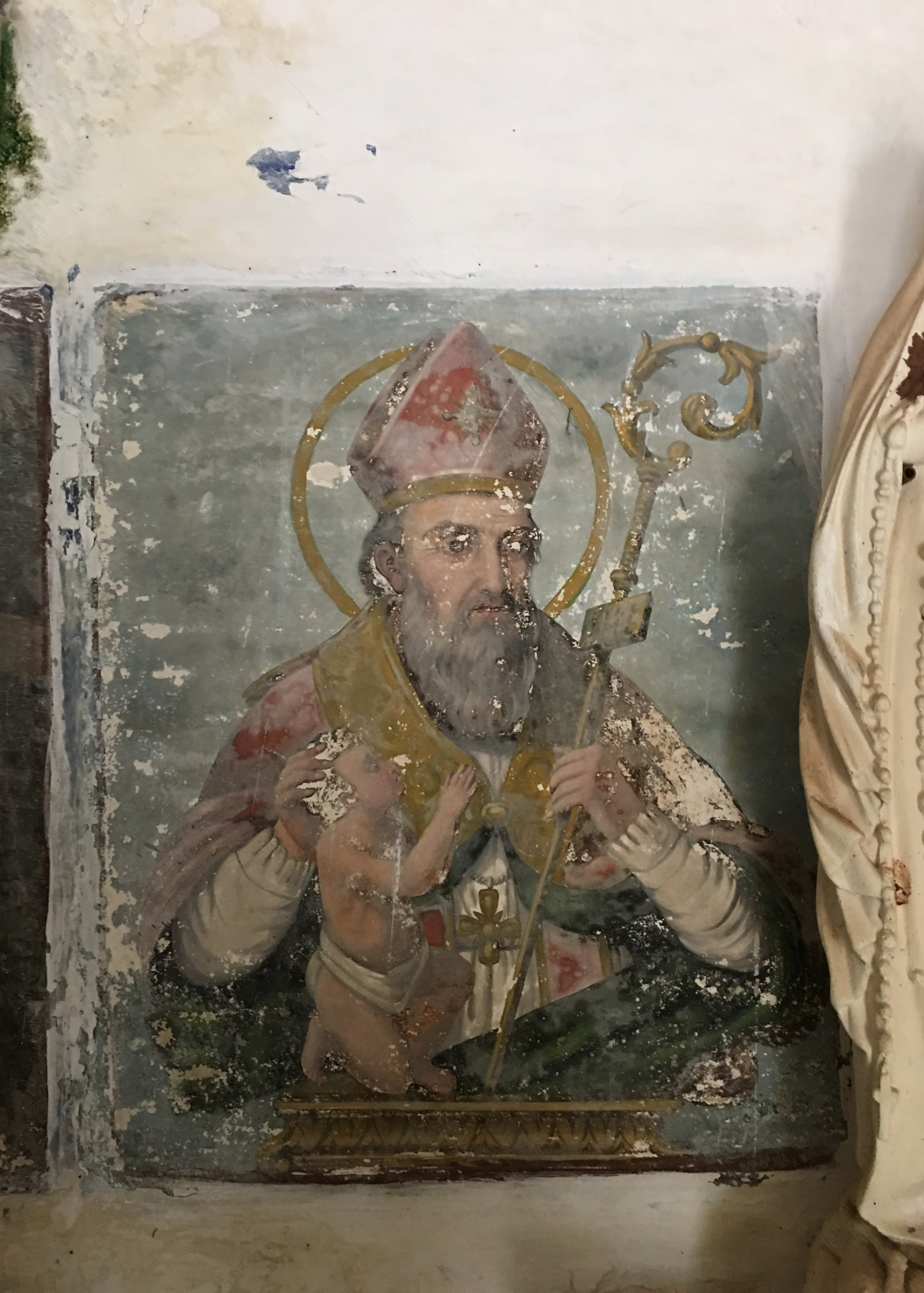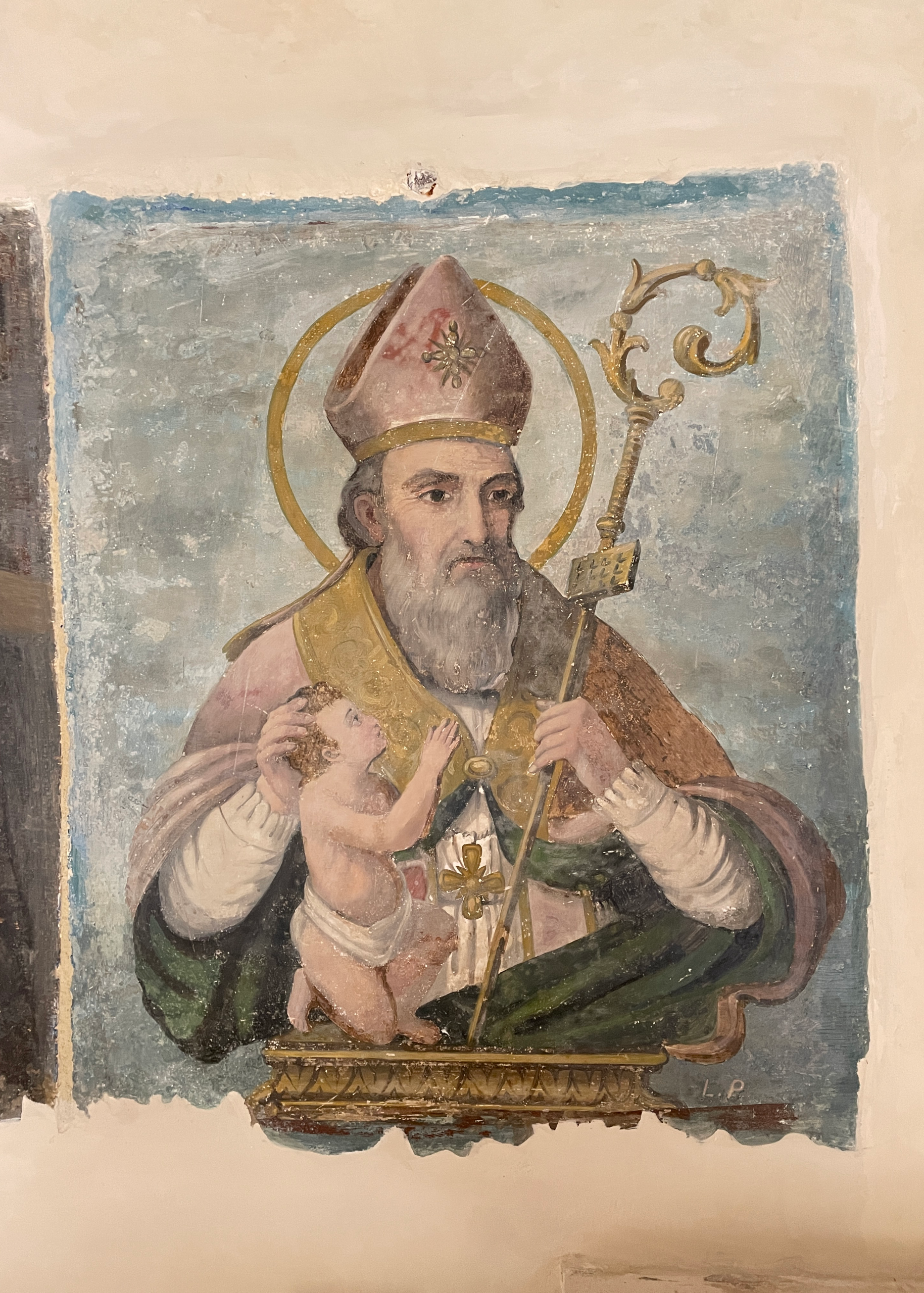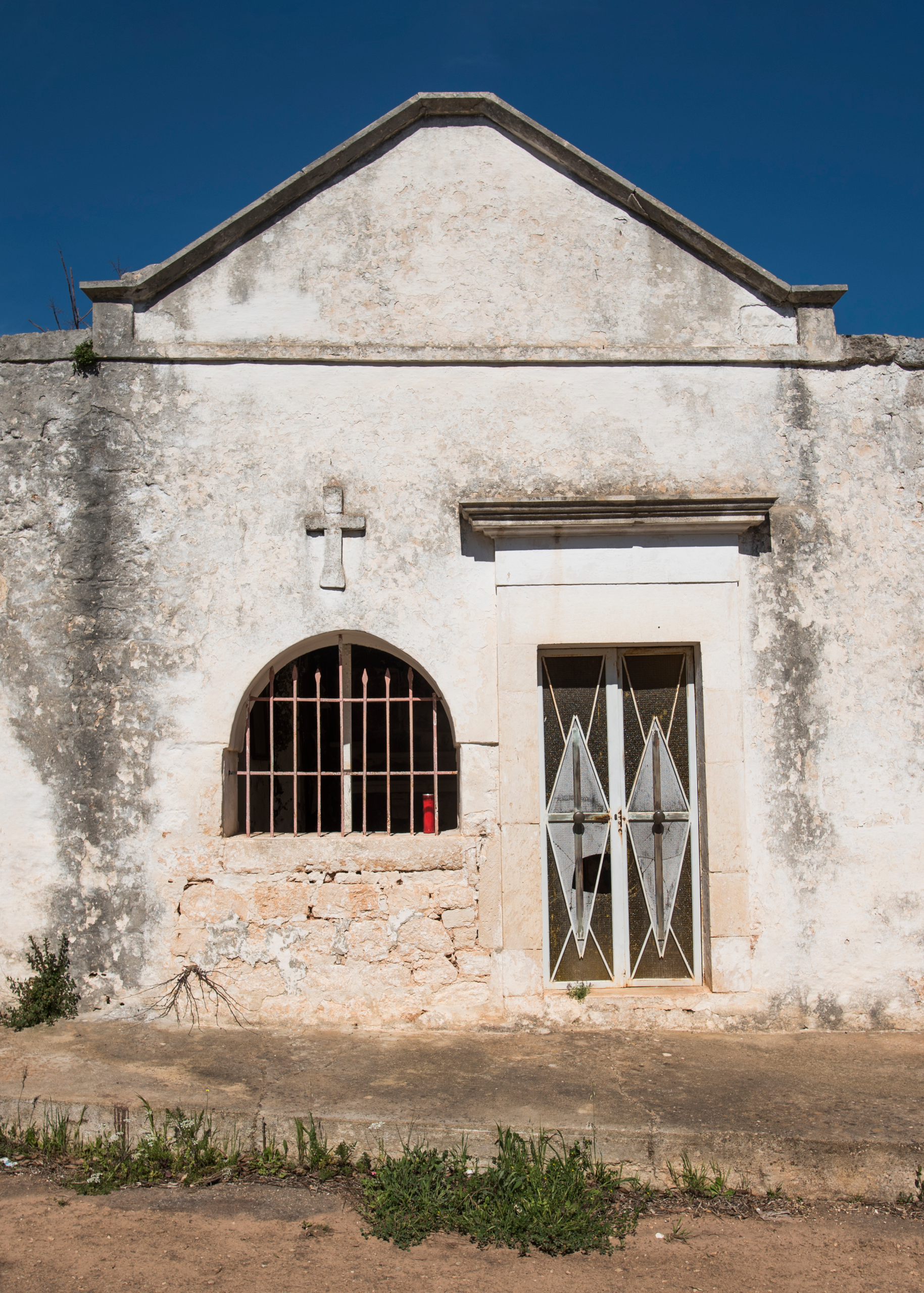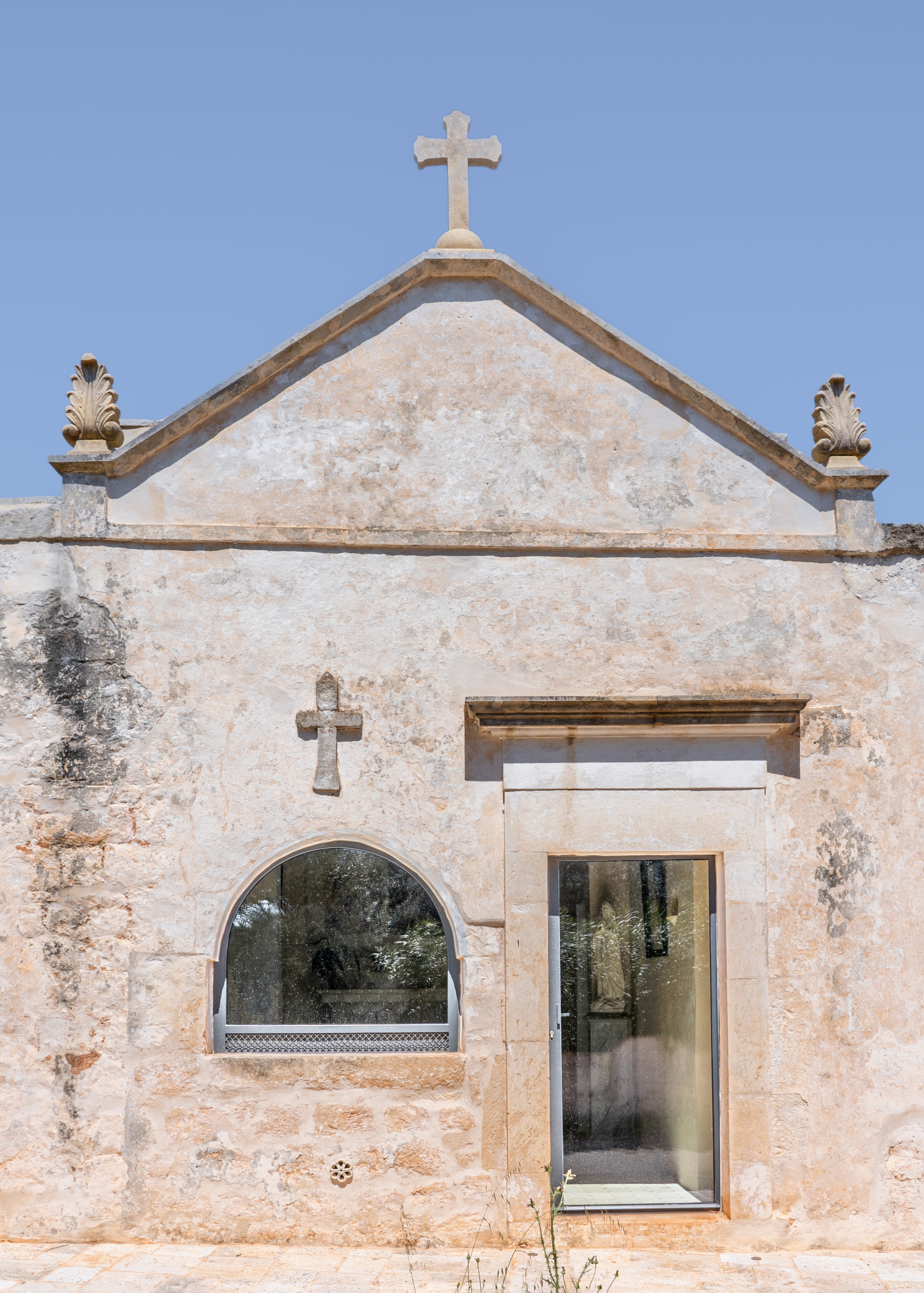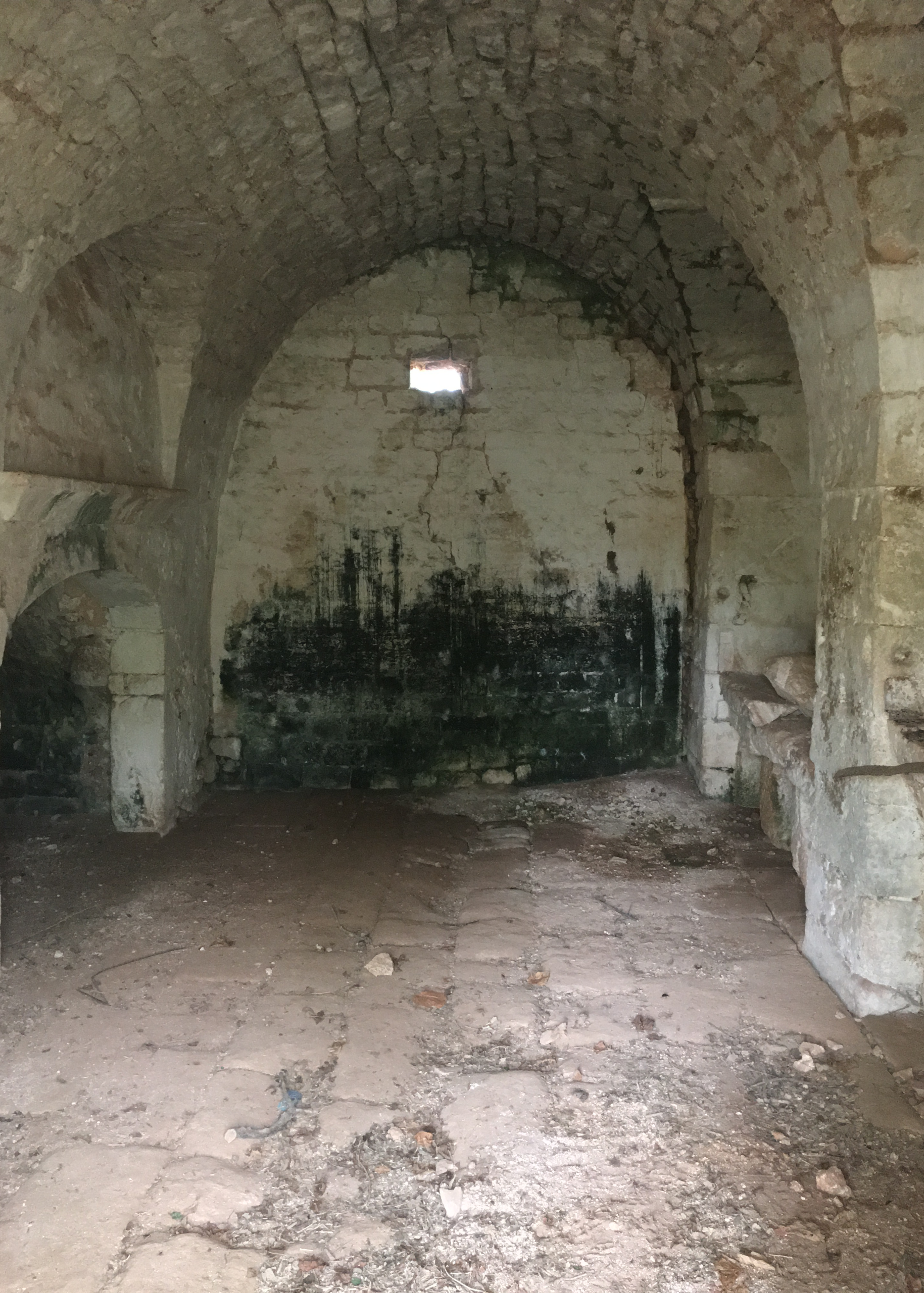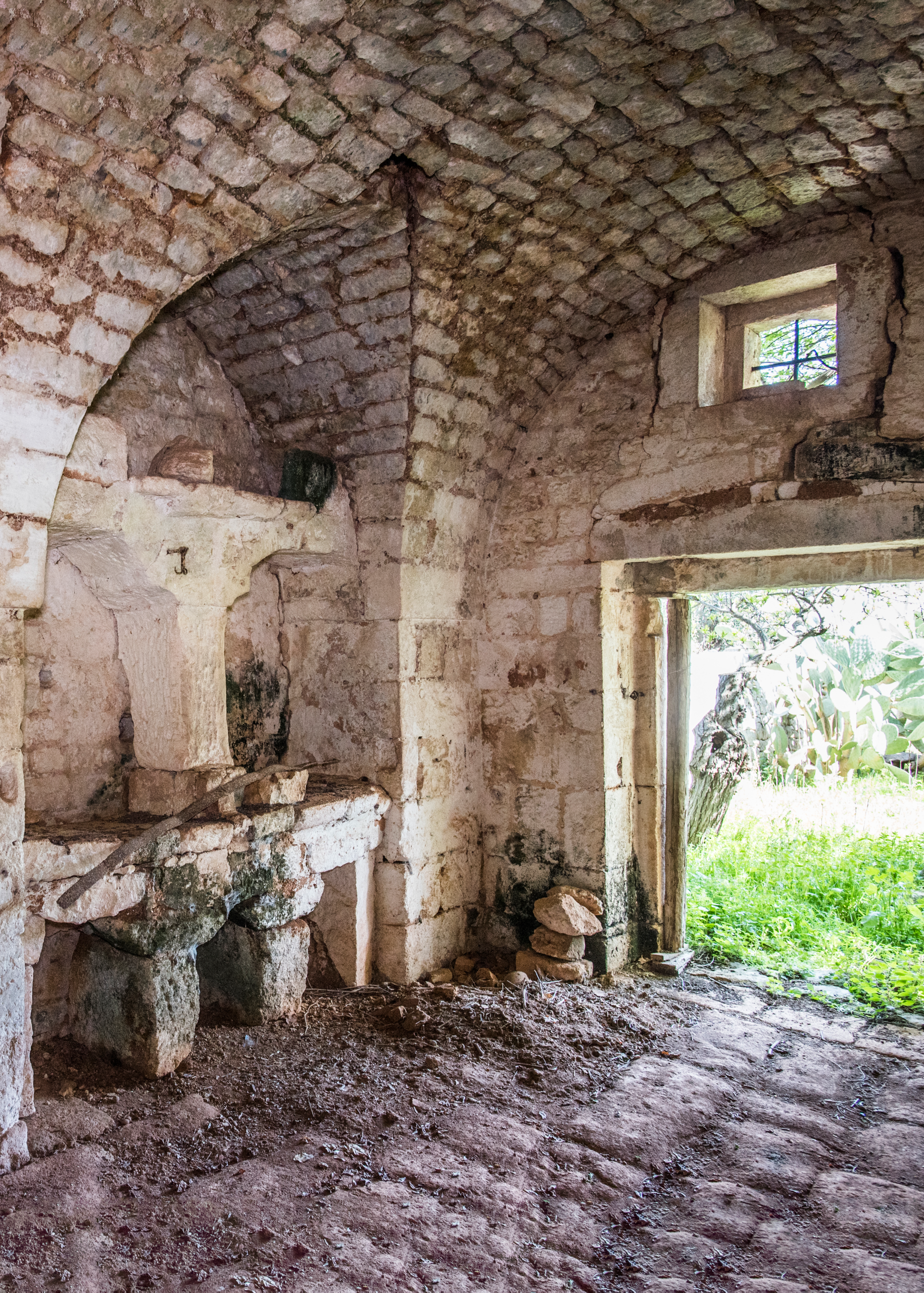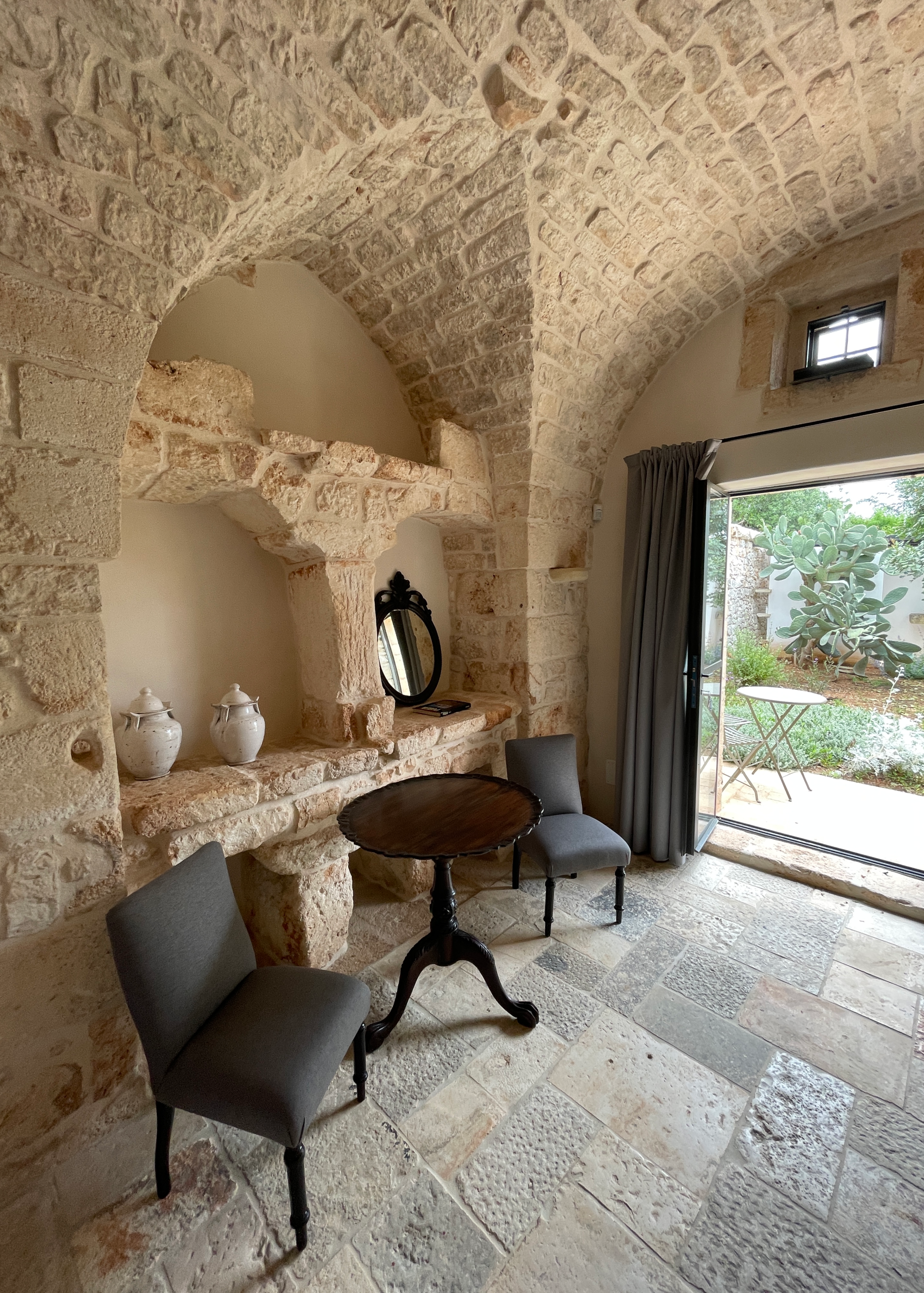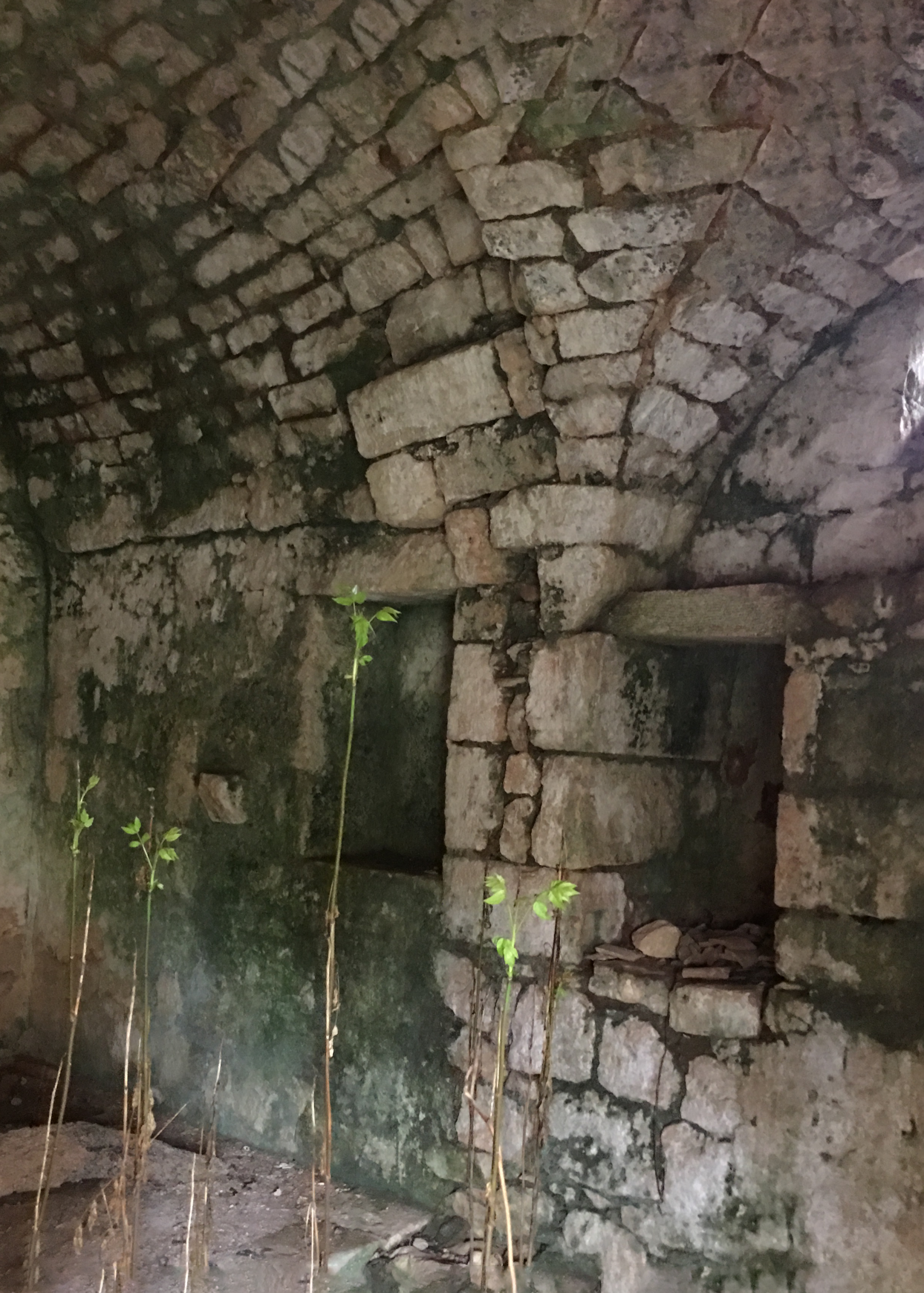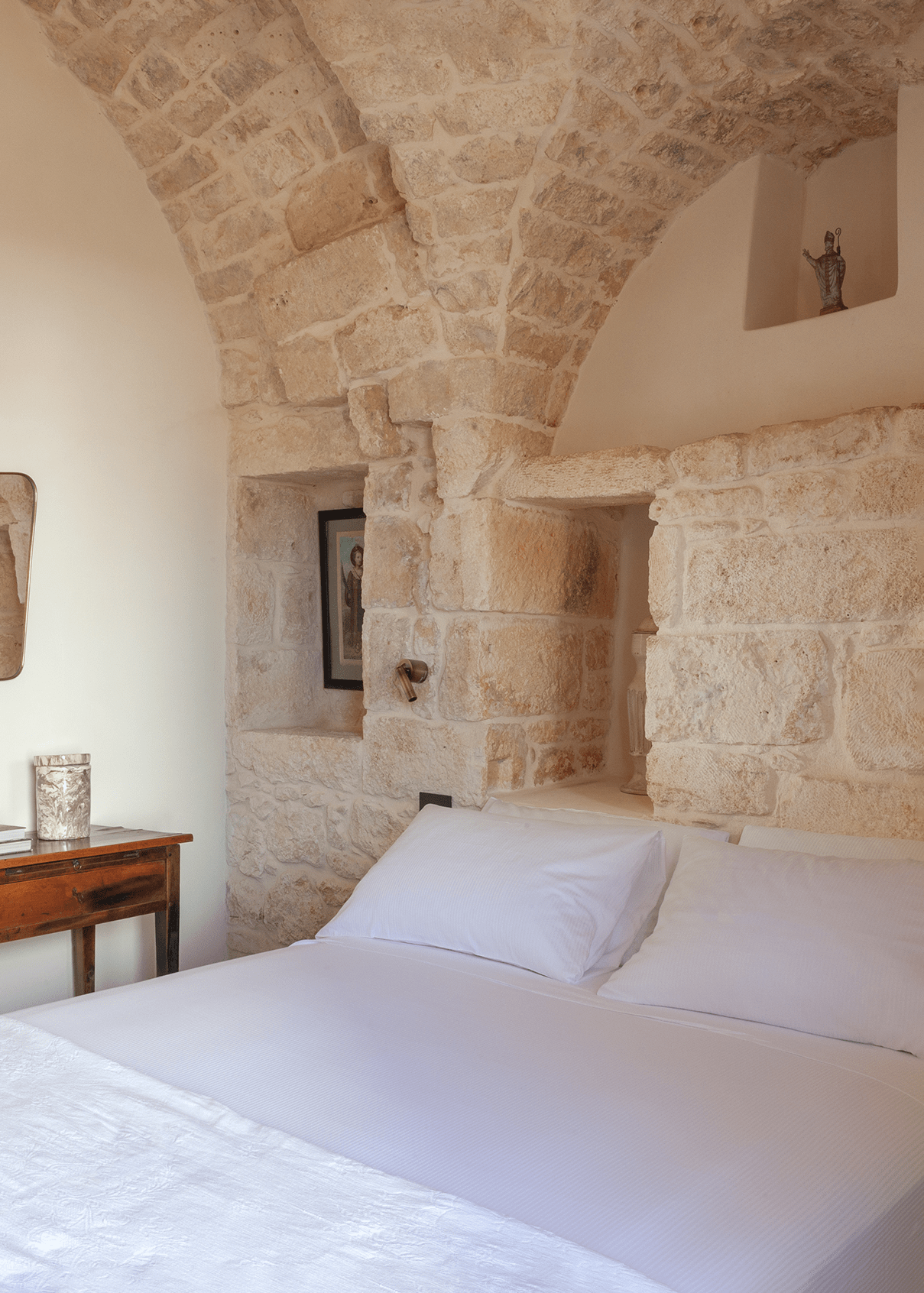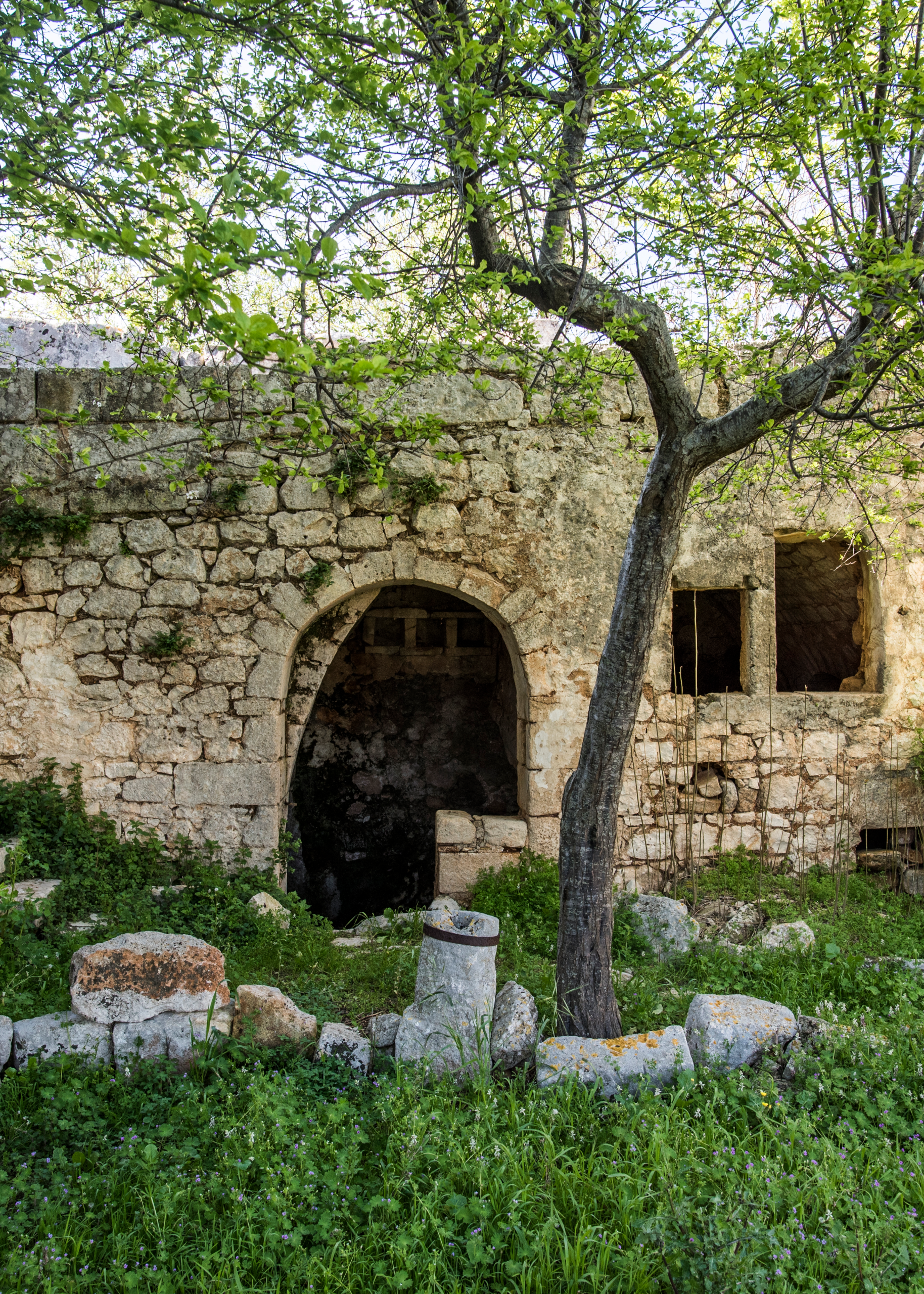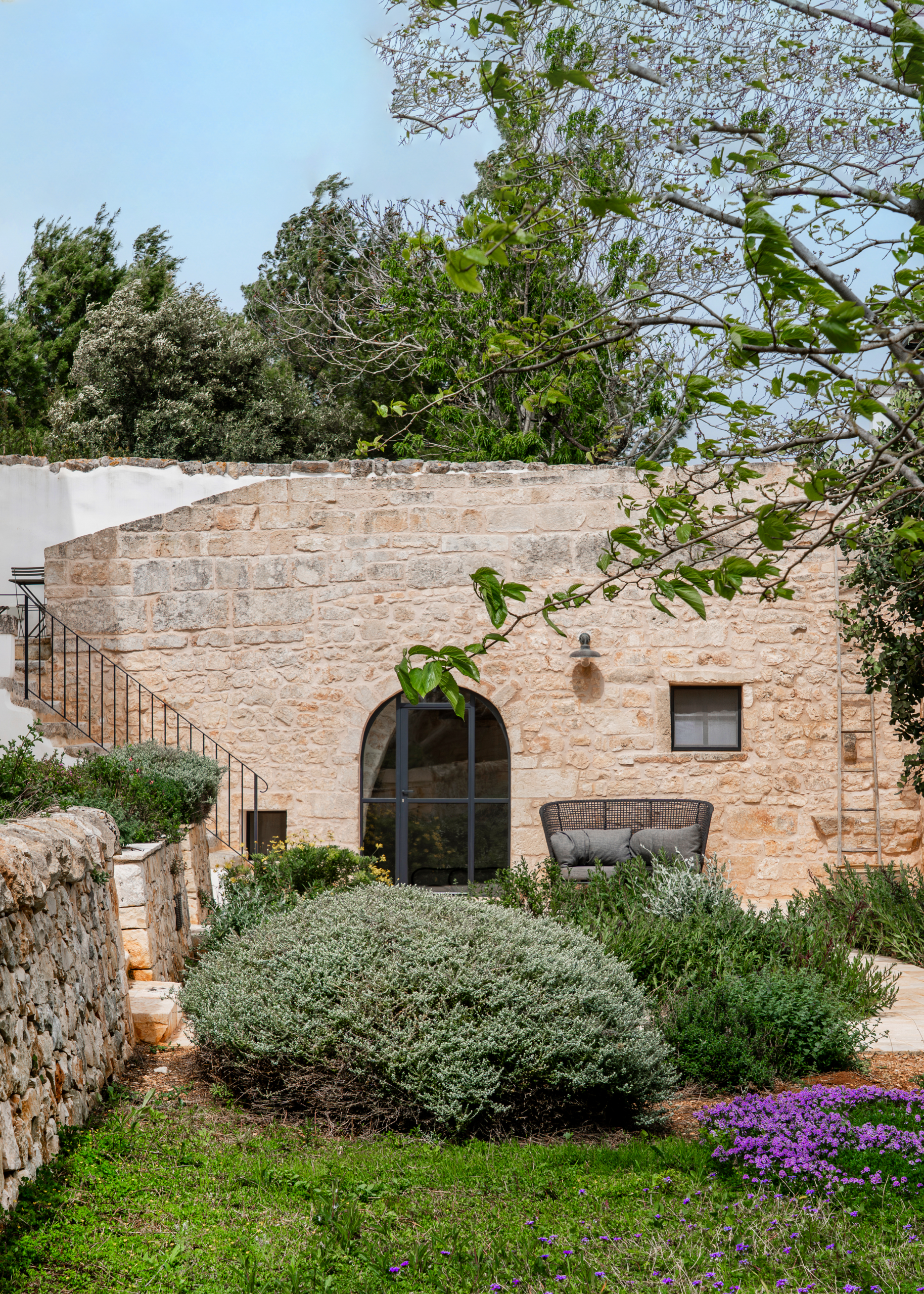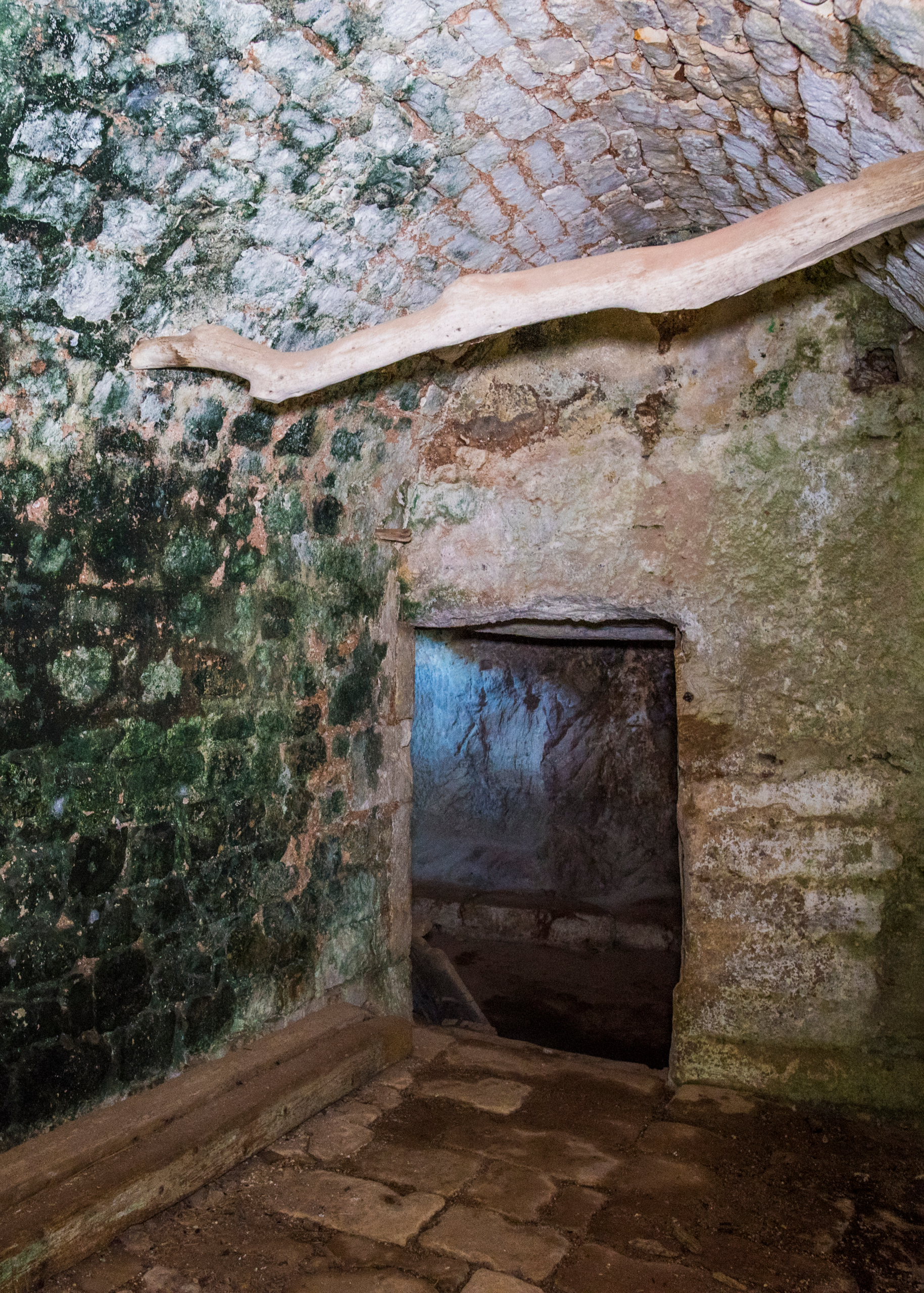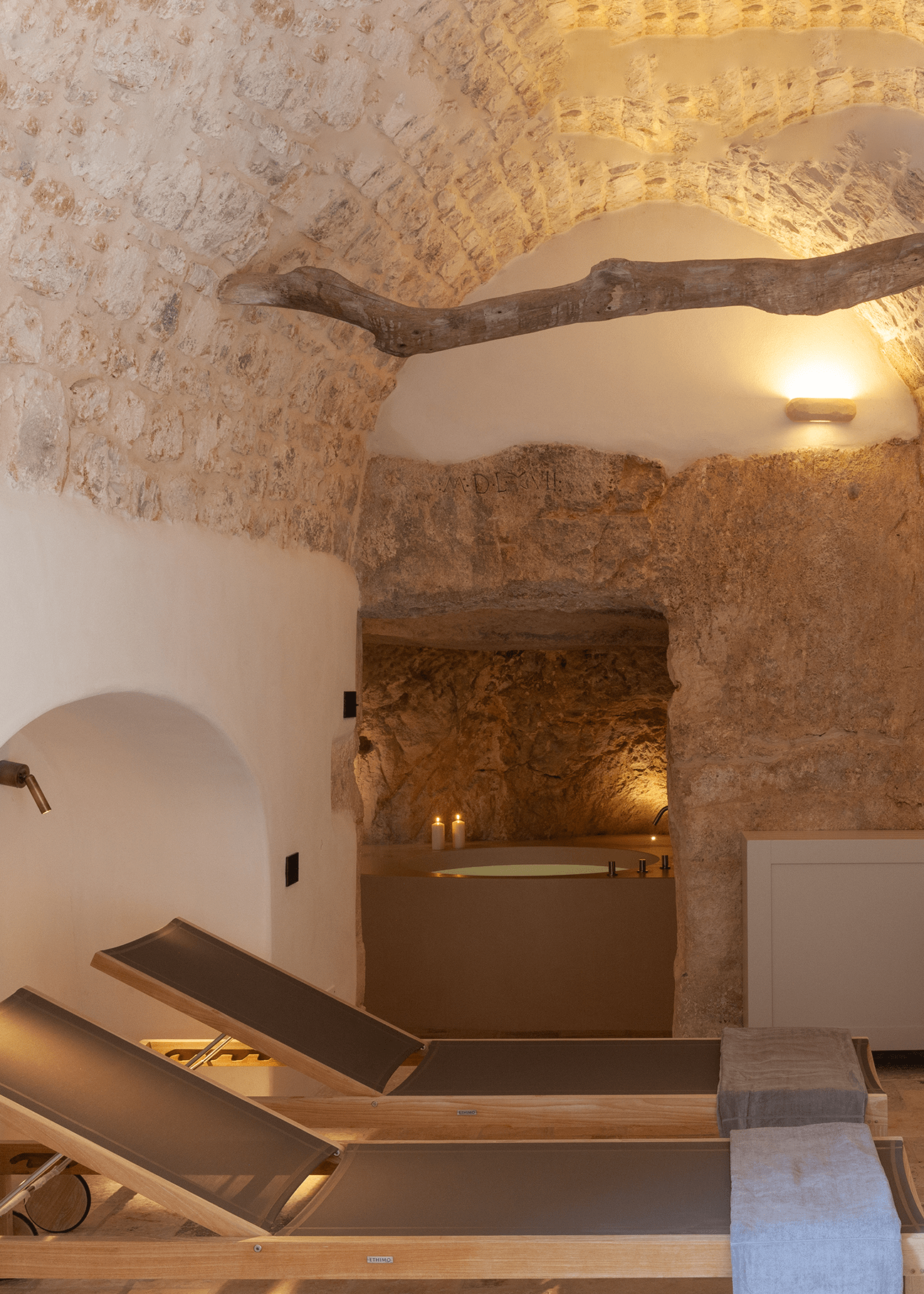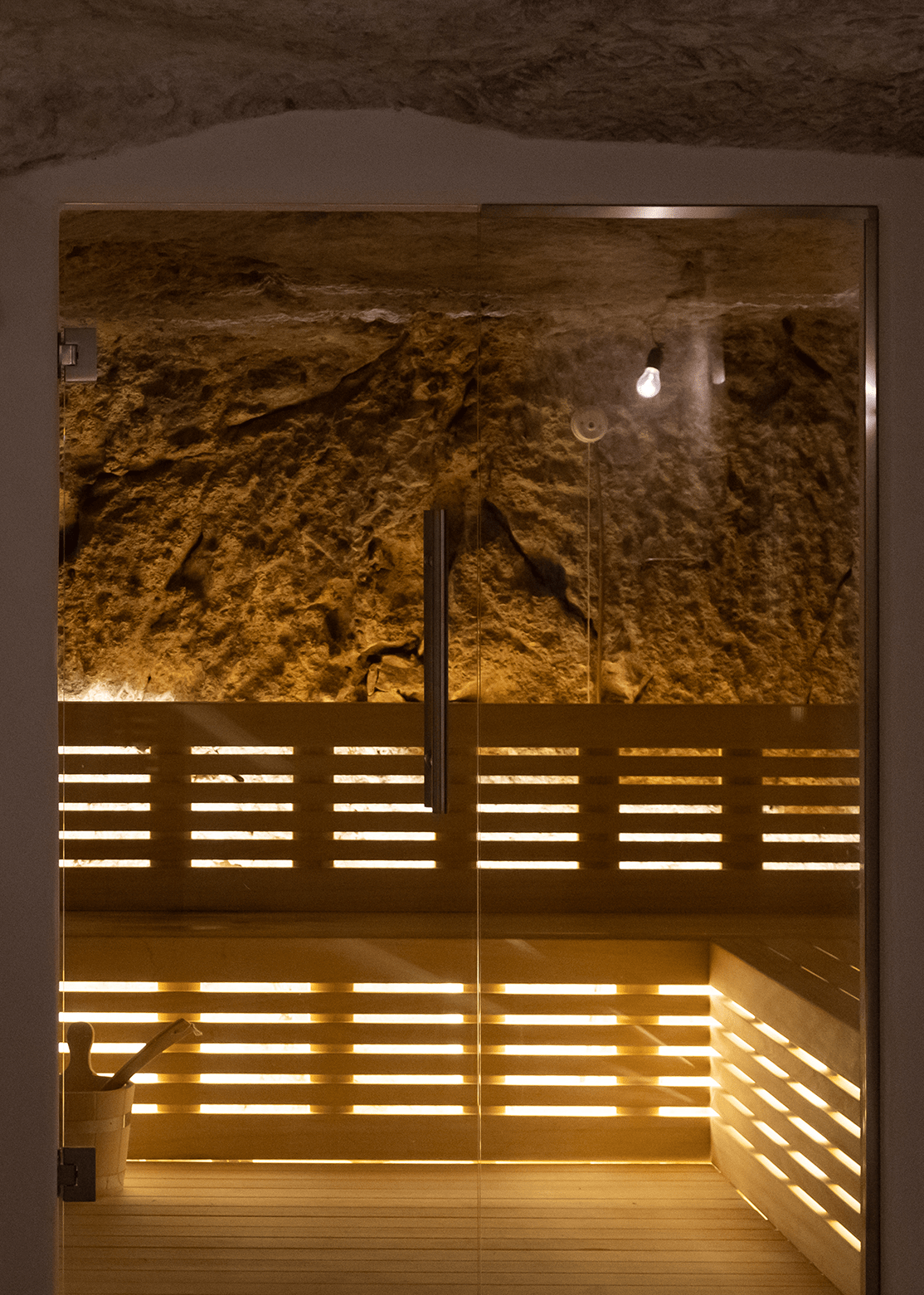HISTORY
La Donnagnora
(Lady in Black)
The history and the discoveries during the refurbishing process highlighted that the Masseria was the home of noble people.
The name ‘Masseria Donnagnora’ was first recorded officially in 1737. The name roughly translates as ‘the Lady in Black’ and is likely a reference to the style of dress of the Spanish Noblewoman who built and ran the masseria.
The ‘donnagnora’ was married to a nobleman charged with governing the lands and collecting taxes for King Carlos II.
The masseria (which is a fortified farmstead) was built leveraging a pre-existing look-out tower (AD 1563) which was part of a system commissioned to protect the city against the marauding pirates arriving from the ocean and inland.
The tower has military features such as strategically positioned openings to shoot invaders from the inside of the house. Another protection feature is the ‘caditoia’, an opening in the roof from which guards would pour boiling oil or water onto the invaders below. In all the rooms the owners and architects took great care to maintain the historic character of the masseria, such as religious niches, troughs for the animals, mill and grain shoots, crude fresco of a horse likely done by a worker, dovecote, and stone oven.
The roadside church, frequented by locals who regularly place candles, was fully restored after decades of abandonment by the expert restorer Maria Buongiorno.
After peeling back the layers, the owners discovered the original frescoed walls with vibrant colors and a delicate stencil design. The paintings above the altar are by noted local painter Luigi Oronzo Pappadà (Ostuni, 1849 – 1949).
The Stable & Priest’s Quarters
This was originally a place to keep animals, as can be deduced from the troughs and areas to hold grain.
The space had a small chimney, which was opened up to create a comfortable bathroom.
Next to the church is a small room, probably a rest area for the priest. The owners transformed this into a cozy bedroom with a bathroom.
The Spa
During the restoration, the owners discovered another unique feature: the masseria was built on top of a cave or grotto.
The restorer resurfaced a Byzantine cross and the date 1563, indicating that the cave was used as a place of simple worship.
This area has now been transformed into a comfortable spa but retains small clues of its past, such as little niches to hold holy water or small religious statues – one can see the whole history and centuries of use of the masseria in one room.
Today, the spa has a sauna, a massage, a jacuzzi bathtub, and a relaxation area.
Discovered during the restoration process the owners resurfaced a stone engraved plaque currently placed by the hearth from the late 17th Century. After expert translation, it proved to be the dedication of a church on the property (later destroyed by lightning and reconstructed by the road, incorporating elements of the original church).
The stone plaque confirms the Spanish domination of the territory and that the masseria was owned for a period by Saverio López Y Royo († 1645) who was chaplain to Carlos II, King of Spain and related through marriage to the Zevallos Family, feudal rulers of Ostuni.


